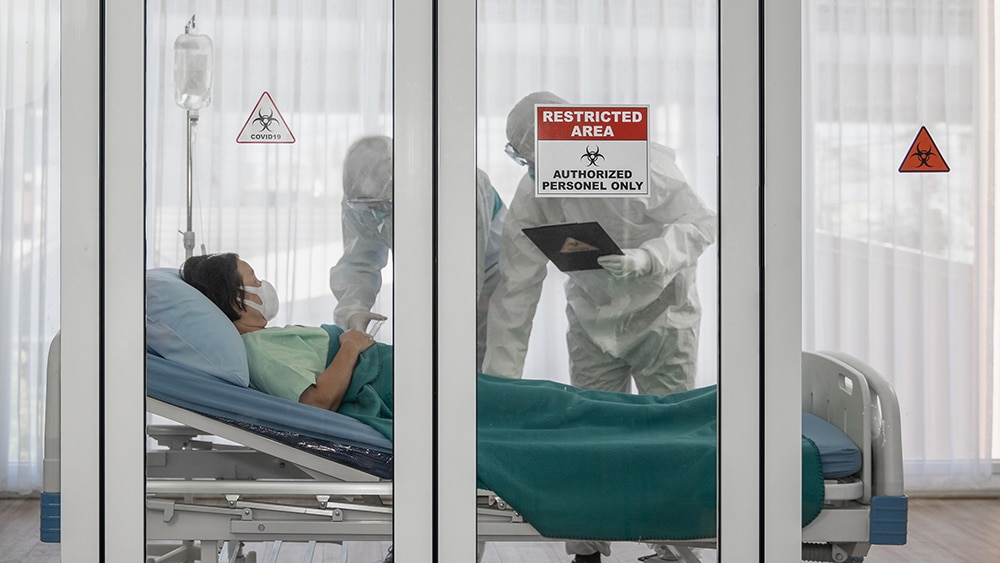
The recent wave of COVID-19 patients comes as America’s health care system already is under considerable daily stress. So, how do hospitals and healthcare facilities prepare for a surge in patients due to community spread?
Surge Capacity as a Result of COVID-19
Surge capacity is defined as an assessable measurement of the ability to manage a sudden increase of patients in relation to space, supplies, staff, and effectiveness of internal systems.
Effective surge capacity planning includes three areas of consideration:
- Conventional capacity – care as usually provided at the facility
- Contingency capacity – changes to care areas, staffing constraints, and supply shortages without significant impact on standard medical care
- Crisis capacity – implemented in catastrophic situations with a significant impact on standard of care
Understanding the importance of a surge capacity plan is only part of an overall effective strategy. The reality of addressing limited staff (medical personnel, doctors, nurses, pharmacists), limited equipment and supplies, structural capacity, and internal systems can be overwhelming.
Capacity and Projected Need
Healthaffairs.org recently released an assessment of capacity and projected need for COVID-19 patient care. Data was aggregated from the 2018 American Hospital Association (AHA) Annual Survey and the American Hospital Directory to estimate bed capacity in acute-care hospitals in the US. Healthaffairs.org estimated that 98,876,254 individuals may be infected, 20,598,725 individuals will likely require hospitalization and 4,430,245 individuals will need ICU-level care based on 40 percent prevalence of COVID-19 over the course of the pandemic. That would leave a potential capacity gap of 1,373,248 inpatient beds and a potential gap of 295,350 ICU beds over a 6-month period without a flattened infection curve.
These kinds of surge considerations are critical in nature and can be managed with proper planning and effective resourcing. For example, in an emergency effort to increase the number of trained medical personnel, the governor of New York announced that 40,000 healthcare workers have signed up to volunteer to work as part of the state’s surge healthcare force during the ongoing COVID-19 pandemic.
To address patient influx, capacity can be achieved by limiting elective procedures and discharging patients that can receive proper care in non-hospital environments. Internally, temporary containment and or isolation solutions can be erected to quickly increase the number of treatment areas.
With an anticipated coronavirus community spread surge in patients, states need to ensure there are enough beds to care for the sick. The U.S. Army Corps of Engineers has been engaged in all 50 states and 3 US territories in an effort to address the pandemic. Construction of alternative care facilities is underway to convert 4 standard building designs into healthcare facilities to increase unit and bed counts for both COVID-19 and Non-COVID patients. These designs include arenas, hotels, college dorms, and convention centers. As of April 3rd, 8 U.S. Army Corps projects are underway, increasing bed counts by 9,693.
In fact, STARC Systems recently announced they will dramatically increase production of their instant isolation units to be erected in these facilities to protect patients and healthcare workers and help reduce the spread of COVID-19. These negative air capable solutions exceed ICRA Class IV requirements and include anterooms, hallway isolation kits, and free-standing rooms.
